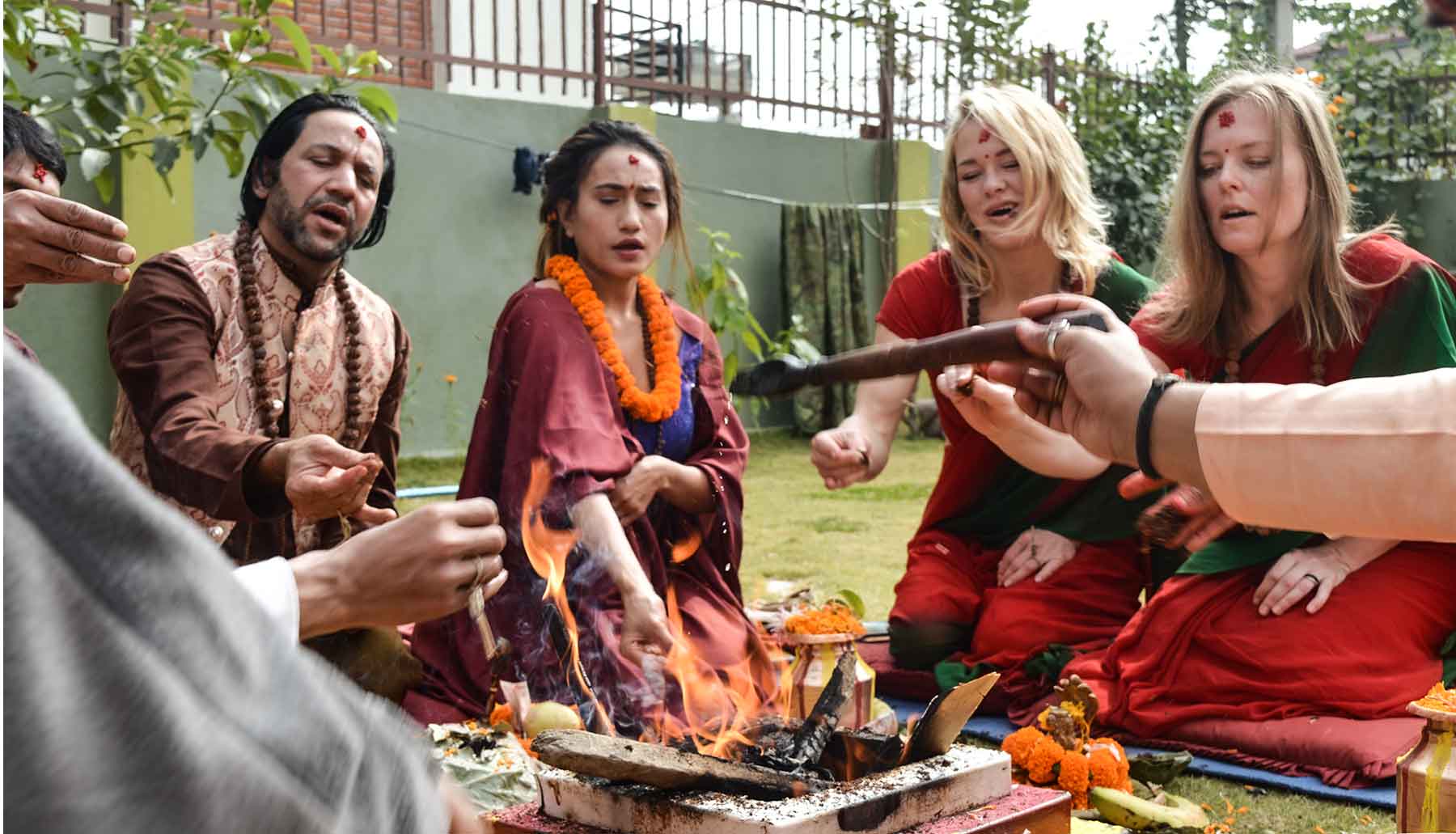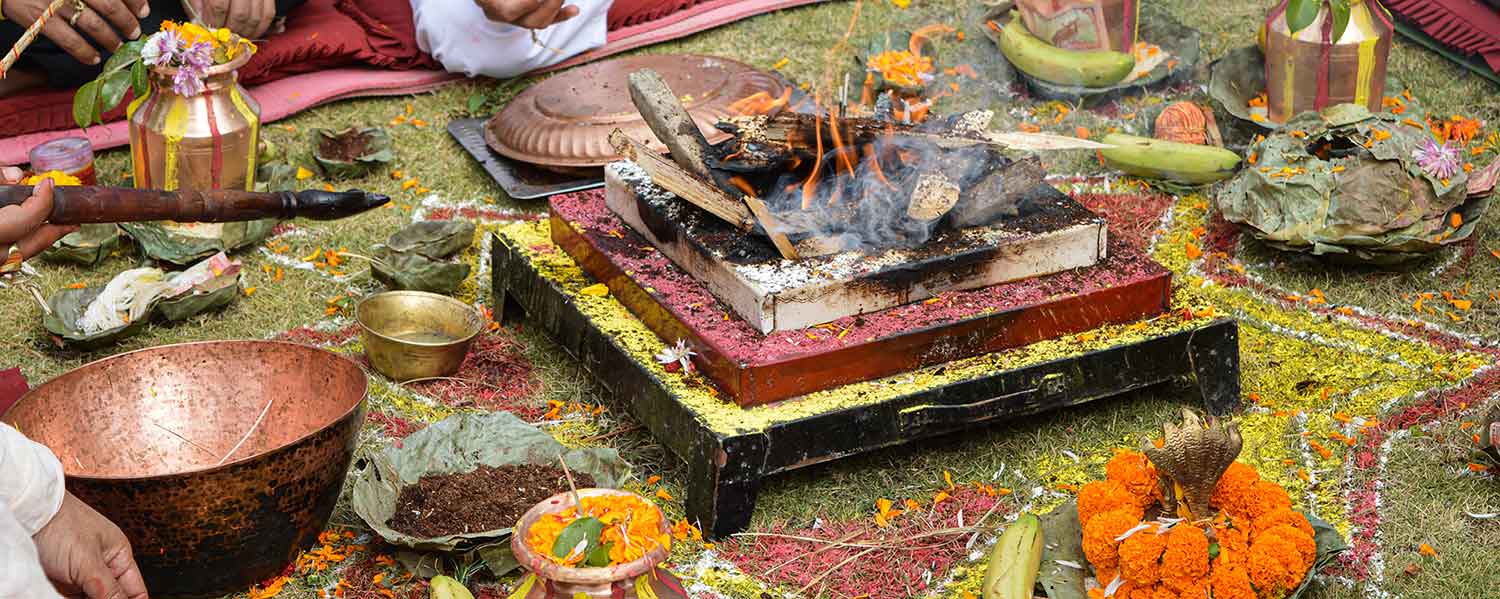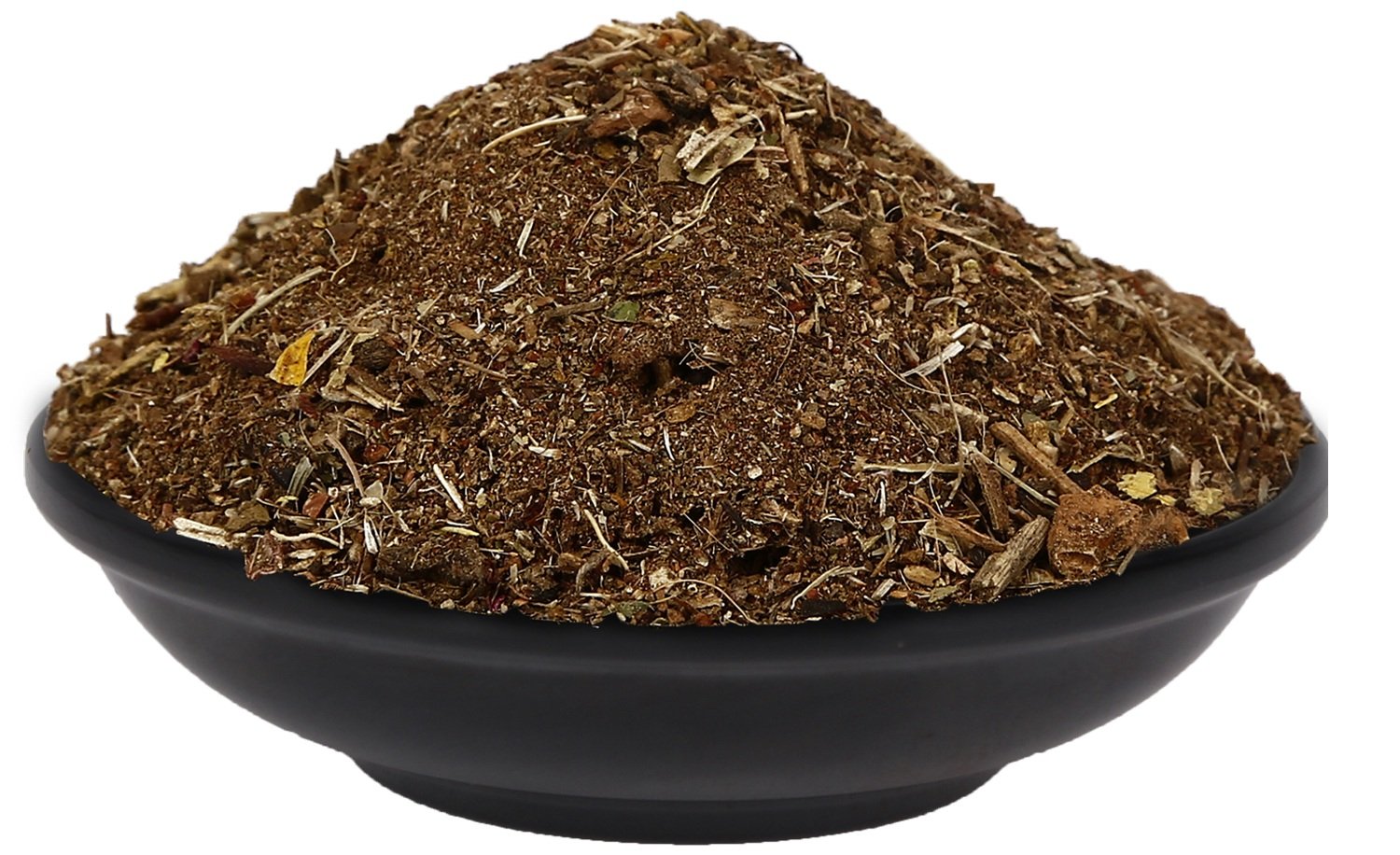
28 Nov 2020 HYN Himalayan Yoga Academy
Yajna (Vedic Hawan) is a spiritual ritual in which offerings are made to the Supreme soul (Paramatama), whole almighty, and Goddesses (Will, action, and energy) in a specific manner by chanting of Vedic mantras. It is also known as Homa. The chanting of mantras while performing Hawan is expected to ensure the achievement of particular desires. It is also believed that whatever is offered at Fire (Agni Dev) reaches directly to the universal power.
The Vedic scholars of the Vedas who perform this spiritual ritual do so with very pure souls and bodies. Because of their strong focus and purity of thought, their performance and offerings can gently help in solving problems, struggles, and suffering, and removing blockages in one’s life. The hymns sung and an oblation offered into the Agni (fire) are a form of hospitality for the Vedic gods and goddesses.
MEANING
Yajna is the holy offering to pray, worship, and please various deities that use fire as the medium. Fire is one of the elements our body is composed of. So, Yajna acts as a link between humans and the Almighty, inner and outer natures.
Hawan, also known as homa or agnihotra, is a Sanskrit word that refers to any ritual wherein offerings are made into a consecrated fire. The word comes from the Sanskrit root word hu, meaning “to offer” or “to present.” Generally, the word is used in northern India, while homa is used in South Asia, especially in the Himvat Kshetra, in Maha Bhaarat. Regardless, the meaning is identical.
It is believed that the regular practice of Agnihotra brings purification and transformation to the individual and the environment. In this way, homas are also part of yoga ecology as they adhere to the yogic principles of purity and caring for the natural world.
Spiritual Meaning of Yajna (Hawan)
The word Yajna is derived from the word ‘yaj’, which has a foreword meaning: to unite, to worship deities (Deva pujan), to give (dana), and to meditate for higher spiritual achievements. Yajna also encompasses the welcoming of the person (satkaar) and unity (sangathan) while performing the auspicious action. The importance of Yajna has been described in a layer of Vedic literature called Yajurveda as well as Brahmanas. The philosophy of Hawan teaches a way of living in peace and a lifestyle that promotes higher human norms and values, which is indeed the basis of a great human culture.
TYPES OF YAJNA
Brahmayajna –Meditation on OMKARA
Devayajna – Fire Ceremony
Pitriyajna – Pray to Parents
Athitiyajna – Honor to Guests
Balivaishvadevayajna – Feeding to Creatures
Hawan is a Devayajna
Yajna, or Yagya, is an outer form of worship in which an altar is built. The sacred fire is kindled using specific types of grass or wood, and then pouring into it oblations such as ghee or clarified butter, food, grains, and sesame seeds, while chanting Mantras from the Vedas. The chanting of mantras while performing Hawan is to invoke the gods and seek their blessings and favors. It is also done to ensure the fulfillment of specific desires and overall welfare of an individual, a group of people, the entire society, the entire country, or, for that matter, the entire universe.
Symbolical Meaning
Now, I would like you to remember one important thing about Hawan or Yajna. The visible fire that you see is not worshipped. It is only a symbolic act, which should be clear from the following purport of the mantra chanted during the Hawan. The summary of the meanings of the mantras during Hawan is as follows: “Oh resplendent glory, light of the universe, we light this fire to remove darkness from our midst. Thou dwellest within our hearts; may we burn out all our sins and vices. Bless us, Oh Lord, with kindness and generosity, knowledge and strength, food and wealth, and good children, and useful animals. Oh, Almighty Lord, in thy name, we offer all these ingredients into this sacred fire.
HAWAN KUNDA
Hawan Kund is the central place in a Hawan in which the fire is put and all the offerings are made. It could be considered like a sanctum sanctorum for a Yajna. The structure of the HAWAN KUND itself generates energy to perform the rituals. It is traditionally made in pure copper as copper is well known for its grasping capacity; it grasps the divine spirit and destroys bad spirits. The spiritual vibrations are easily absorbed in copper, and it can transmit them.

Requirements
- A simple Hawan Kund
- One bundle of mango or any other suitable wood / Dry cow dung (Keep aside three individual wood sticks as “Samidhaa”)
- Some Camphor,
- Poojaa Saamaagree
- 250g Pure Hawan Saamaagree
- 250g Ghee (Melted)
- Holy Thread (Sutra),
- Some offerings e.g. (Haluwa / Kheer (Sweet Rice) / Puwa / fruit)
- A container with fresh water and teaspoons
- Matches / Fire lighter
- A lamp / diyo to be placed in front of the Hawan kunda (Optional)
Hawan Samagri
Havan Samagri is a blend of different herbal roots, leaves, grains, butter, milk, incense, and seeds.
The main content in Hawan Samagri are Agar Wood, Anwala, Bach, Baheda, Bawachi, Bay Leaves, Cardamom Green, Chharil, Cloves, Daru, Haldi, Deodar, Dhawai Phool, Dry Coconut or Sookha Nariyal, Dry Eucalyptus leaves, Guggal or Guggul, Guruch, Harr or Harad, Howber, Indra Jau, Jara Kush, Jata Masi or Balchhad, Kamal Gatta, Kapoor Kachari, Nag Keshar, Nagarmotha, Nutmeg, Red Sandal Wood, Sandal Wood, Sugandh Bala, Sugandh Kokila, Sugandh Mantri, Tagar Wood, Talish Patra, Tej Bal Wood, Tomad Bee. Nowadays, you get Hawan Samagri packed in the market. The havan samagri is offered in the fire during yagnas and homas after the completion of every mantra chant.

Hawan Samagri, when offered in the ablaze fire, disseminates in microform in the air to purify the environment. Besides, activates the air as a disinfectant germicidal agent. It is anti-bacterial and is made from high-grade raw materials.
Preparation
For preparing the Hawan Kund and vedi, see video:
- Mix the hawan samagree (pronounced sama-gree, and not samaa-gree) with a little ghee, about 1 tablespoon. Then place the samagree in plates/bowls/thalis and set around the hawan kund where the people participating in the hawan are going to sit.
- Place the container with the water, the parsadh, as well as the container with the melted ghee around the kunda.
- Place the three wood sticks (Samidha) that were kept aside in the ghee container. Ensure that the water and ghee containers have their own spoons.
- Take another tablespoon and place a piece of camphor in it and put next to the ghee container.
- The main lamp/diyo (optional) should be prepared with ghee/oil and a wick and placed next to the hawan kund on the side where the main hawan participants will sit.
In Himalaya Yoga Academy
After the completion of yoga teacher training courses in our yoga school, we do this hawan ( Yajna ) for the graduation ceremony. We do it to provide the yoga students with positive affirmation through the yajna. The hawan is taken part the the yoga teacher training students as well as the yoga retreat students.
